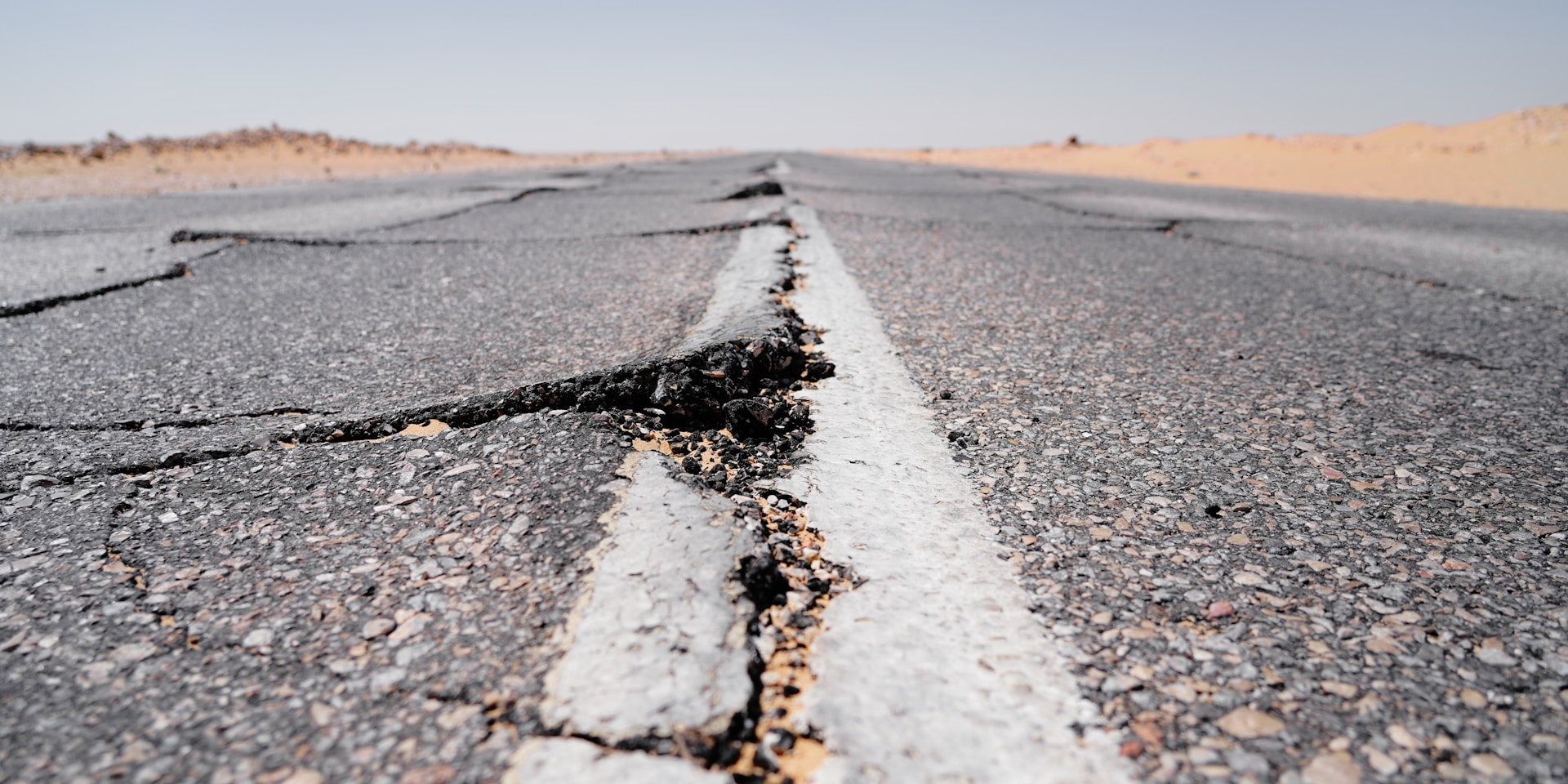Earthquake Hits the U.S. Today, April 17: Details on Time, Magnitude, and Epicenter Location as Reported Live by the USGS
The United States regularly experiences natural phenomena that occasionally pose risks to its population, including earthquakes. These tremors occur daily across the nation in varying intensities. For this reason, the United States Geological Survey (USGS) monitors these seismic events closely, compiling real-time data on the exact time, epicenter location, and magnitude. Notable seismic activities have been recorded from states such as California, Hawaii, Texas, Alaska, and New York, where a significant 4.8 magnitude quake struck in early April. Here’s the latest USGS report on today’s seismic activity, Wednesday, April 17.
Earthquake Activity in the U.S. Today, April 17, Monitored by the USGS
Follow along with the USGS’s official report on the latest confirmed earthquakes in the U.S. today, occurring in California, Hawaii, Texas, Alaska, and New York.
Recent Earthquakes in New York and New Jersey
On Friday, April 5, 2024, residents of New York and New Jersey were jolted by a strong 4.8 magnitude quake. According to USGS scientists, this is the strongest quake to hit the New York area in the last 40 years. The causes of this seismic activity are still under investigation. Currently, the United States Geological Survey is considering the theory that it might have been triggered by a “dormant” fault line.
“We know there are no active faults in the area where New York is situated, but there are many very old inactive faults in the area, dating back millions of years. We are examining this,” said Sara McBride, a spokesperson for the USGS Earthquake Program, in an interview with Telemundo.
“It could be possible that one of these old inactive faults has reactivated, and we are looking into this possibility,” she added.
(*) According to the latest study of the National Seismic Hazard Model (NSHM), approximately 230 million people in the U.S. could be impacted by potentially significant tremors within the next 100 years.
“The updated NSHM includes more fault lines, better characterized land surfaces, and computational advances that offer the most detailed view yet of the earthquake risks we face,” explained Mark Petersen, a geophysicist at the USGS and the lead author of the NSHM study.










